The STEN was a basic war economy design for a machine carbine when there was an urgent need for such a simple home produced weapon.
STEN is an acronym, formed from the names of the weapon's main designers, Major Reginald Shepherd and Harold Turpin (the draughtsman). It is commonly believed that EN for the Enfield factory. However Major R Shepherd always maintained EN stood for England. Three million STENs were made from 1941 onwards in various Marks. They were manufactured not only by Enfield but also British Small Arms (BSA), Royal Ordnance and also the Long Branch Arsenal Canada. Major R Shepherd was later awarded an OBE for his work.
The large opening on the side of the body for the cocking handle allowed in dust and debris, and this combined with crude workmanship of the basic design, often resulted in jams in the earlier marks.
Lacking an effective safety catch, the STEN was also often as dangerous to friendly forces as the enemy as it had a tendency to go off if knocked or dropped and earned the nickname “Tin Tommy Gun” as it was considered inferior to the US made Thompson SMG.
The design was refined over time with the introduction of a lock on the cocking handle and with the Mark V having a removable wooden stock and a wooden foregrip (although this was later removed) as opposed to the earlier simple metal designs of stock the earlier versions. The Mark V also incorporated the foresight of the Lee Enfield No 4 rifle and a bayonet mount. The Mark V became the standard SMG of Airborne Forces from 1944 onwards.
Despite its drawbacks the STEN proved an effective weapon, particularly in the close quarter fighting in Arnhem, and in house to house fighting in particular, where it allowed for rapid fire to clear rooms. The STEN remained in service post war until replaced, from 1953 onwards, by the Sterling SMG
Statistics
Weight: 3.2kg (7.1lbs)
Length: 760mm (29.9 in)
Calibre: 9mm
Rate of fire: 550 round/min
Effective range: 60 metres
Action: Blowback-operated, Open bolt
Muzzle velocity: 365 m/s (1,198 ft/s)
Feed system: 32 rd box magaziine

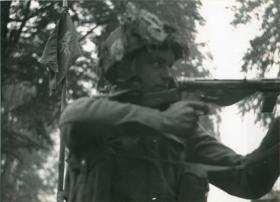
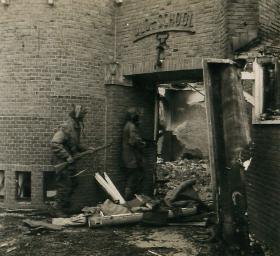
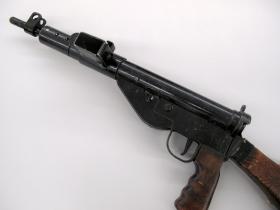
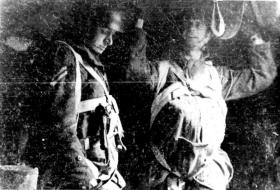
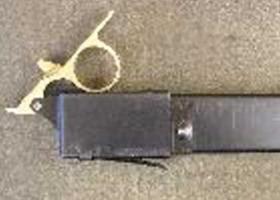
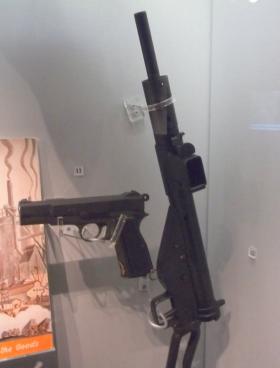
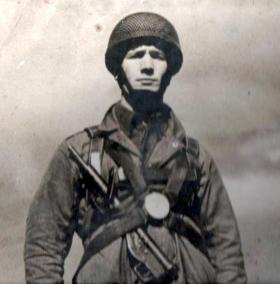
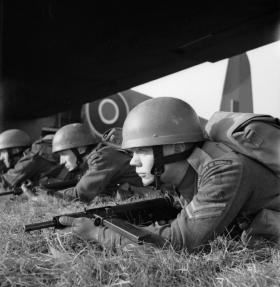
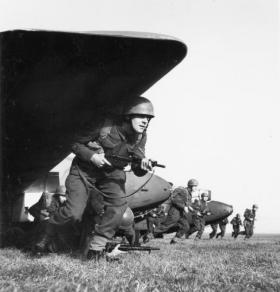
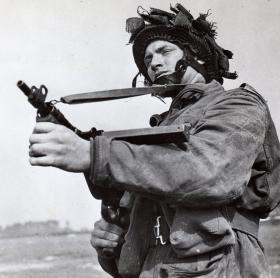
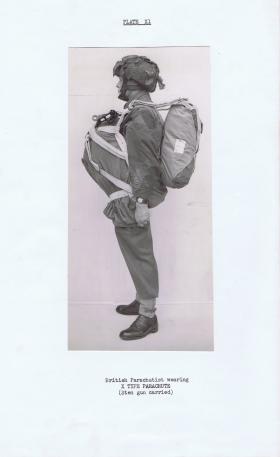
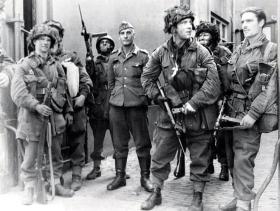
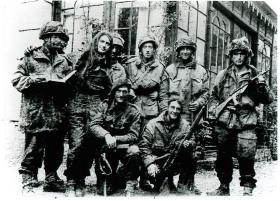
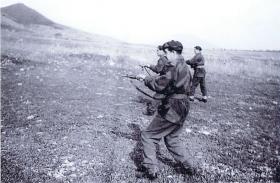
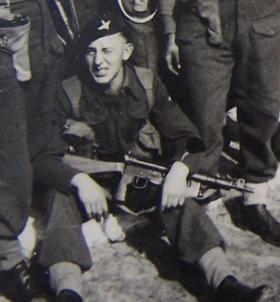
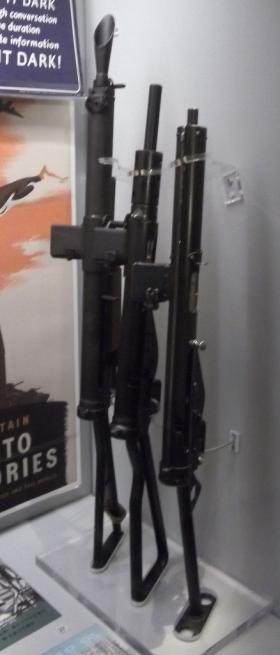
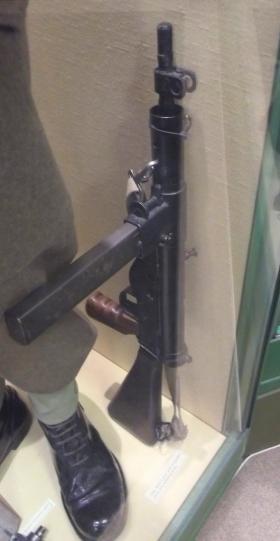
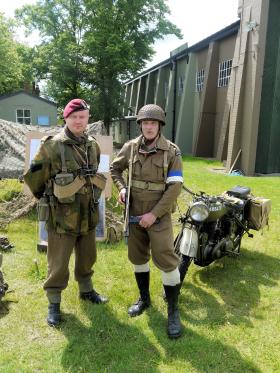
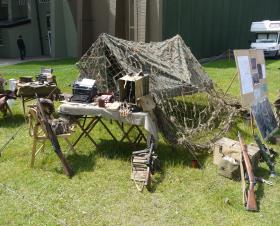
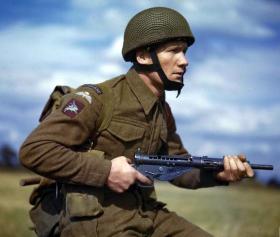
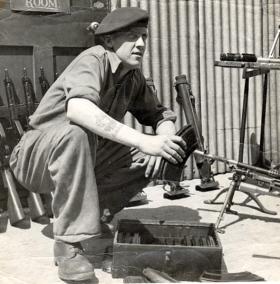
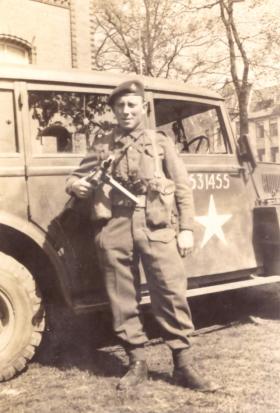
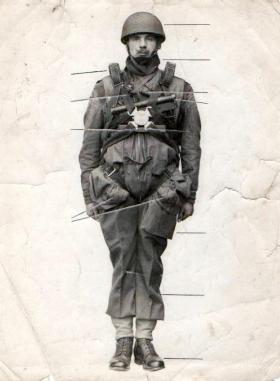
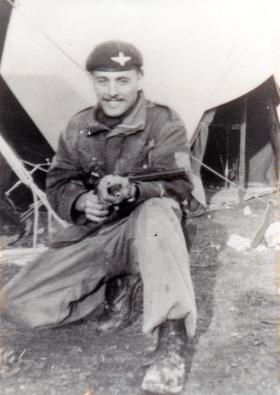
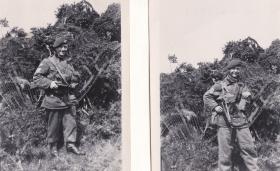
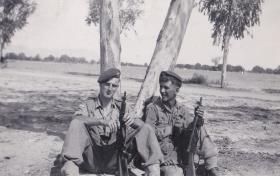
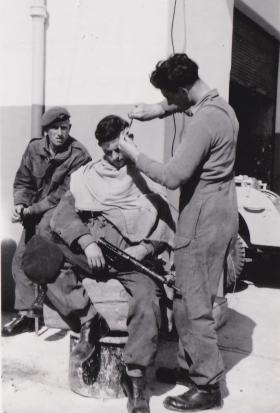
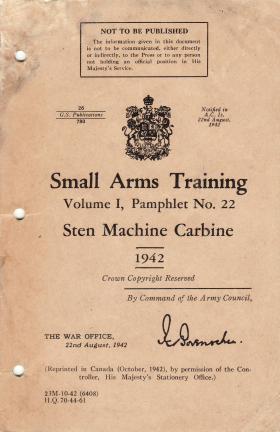



Latest Comments
Add Comment
In order to add comments you must be registered with ParaData.
If you are currently a ParaData member please login.
If you are not currently a ParaData member but wish to get involved please register.